West Coast Beaver evangelism coming to a state near you soon. Don’t miss the chance to hear about beaver restoration from the heavy weights whose research made this all sound possible. Hey, if you’re in California why not make a Beaver vacation out of it? Stop in Weed for their full blast of wisdom then toodle up the coast for the 4th annual State of the Beaver Conference the following week! There could be an entire fortnight of beavers!
 Five interactive workshops focused on the use of beaver in aquatic restoration will be offered from January through April, 2015. Workshops are intended for land owners/managers, and restoration funders, reviewers, and practitioners who are actively involved in aquatic ecosystem restoration. There will be an opportunity to sign up as a peer reviewer of the draft Beaver Restoration Guidelines at each of the workshops, or request to be a reviewer by e-mailing Janine_M_Castro@fws.gov.
Five interactive workshops focused on the use of beaver in aquatic restoration will be offered from January through April, 2015. Workshops are intended for land owners/managers, and restoration funders, reviewers, and practitioners who are actively involved in aquatic ecosystem restoration. There will be an opportunity to sign up as a peer reviewer of the draft Beaver Restoration Guidelines at each of the workshops, or request to be a reviewer by e-mailing Janine_M_Castro@fws.gov.
Locations and Dates:
• Everett, Washington, January 14th
• Portland, Oregon, January 21st and 22nd
• Weed, California, February 12th
• Juneau, Alaska, April 14th
Presenters:
Michael M. Pollock, Ph.D., Ecosystems Analyst, NOAA Northwest Fisheries Science Center
Chris Jordan, Ph.D., Mathematical Ecologist, NOAA Northwest Fisheries Science Center
Janine Castro, Ph.D., Geomorphologist, US Fish and Wildlife Service and NOAA Fisheries
Gregory Lewallen, Research Assistant, Portland State University
Mary Ann Schmidt, Director, Environmental Professional Program, Portland State University
Go here to register or here to download the flier and share with your friends.







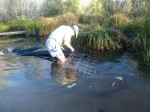
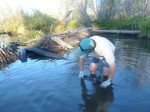
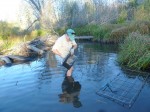
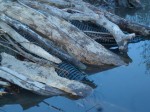
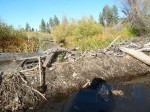
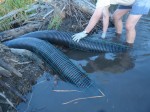
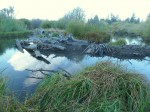
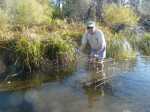
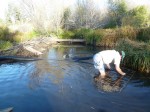
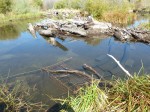
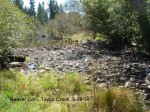

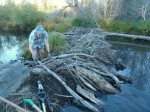
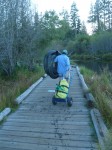
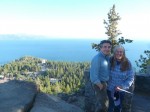


 This is what two mostly damp beaver advocates look like at a Utah festival, On the left is Mary Obrien of the Grand Canyon trust, and on the right is me looking dazed to be sitting at the first booth at the Utah festival where a bright young college student tells you to take a treasure hunt and find the 5 ways that beavers help wildlife. Then come back wih your card filled out, paint a tail, and decorate a beaver-shaped gingerbread cookie!
This is what two mostly damp beaver advocates look like at a Utah festival, On the left is Mary Obrien of the Grand Canyon trust, and on the right is me looking dazed to be sitting at the first booth at the Utah festival where a bright young college student tells you to take a treasure hunt and find the 5 ways that beavers help wildlife. Then come back wih your card filled out, paint a tail, and decorate a beaver-shaped gingerbread cookie!



































